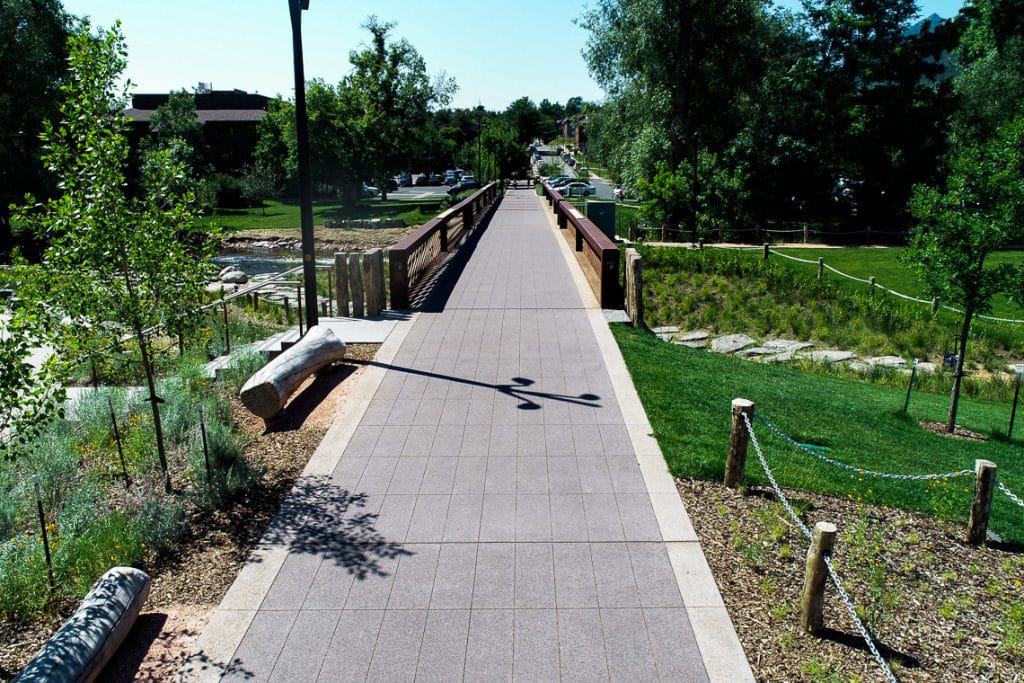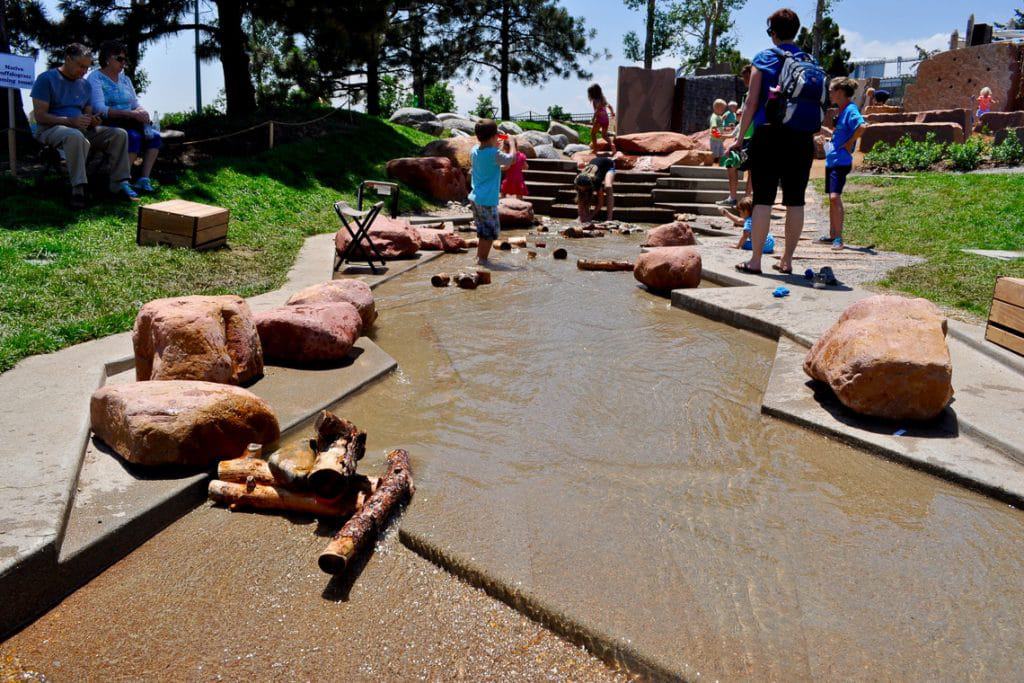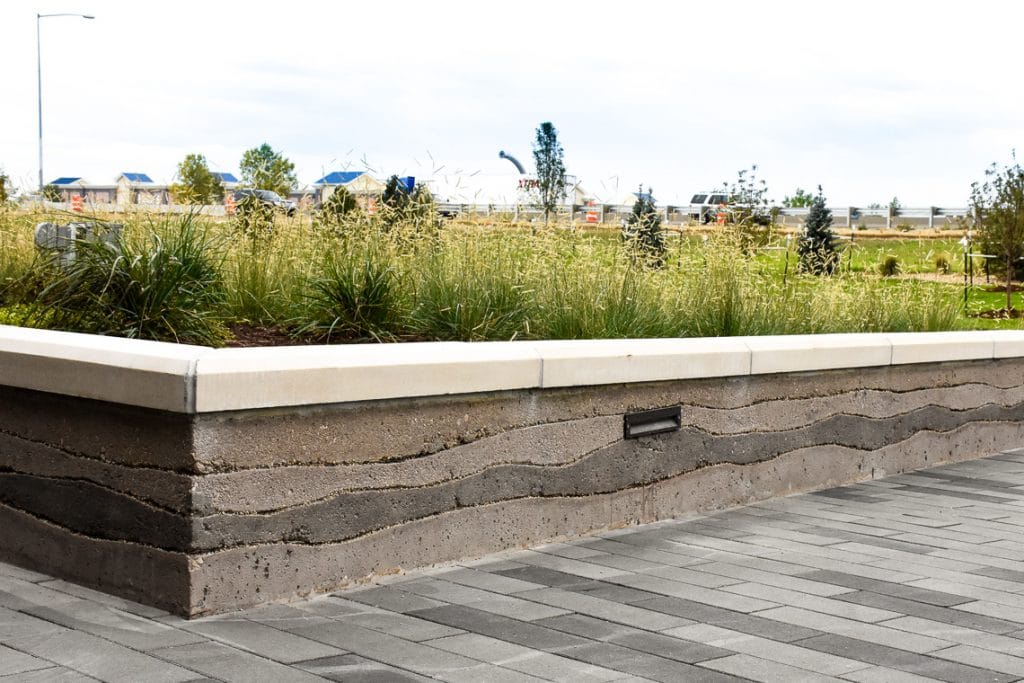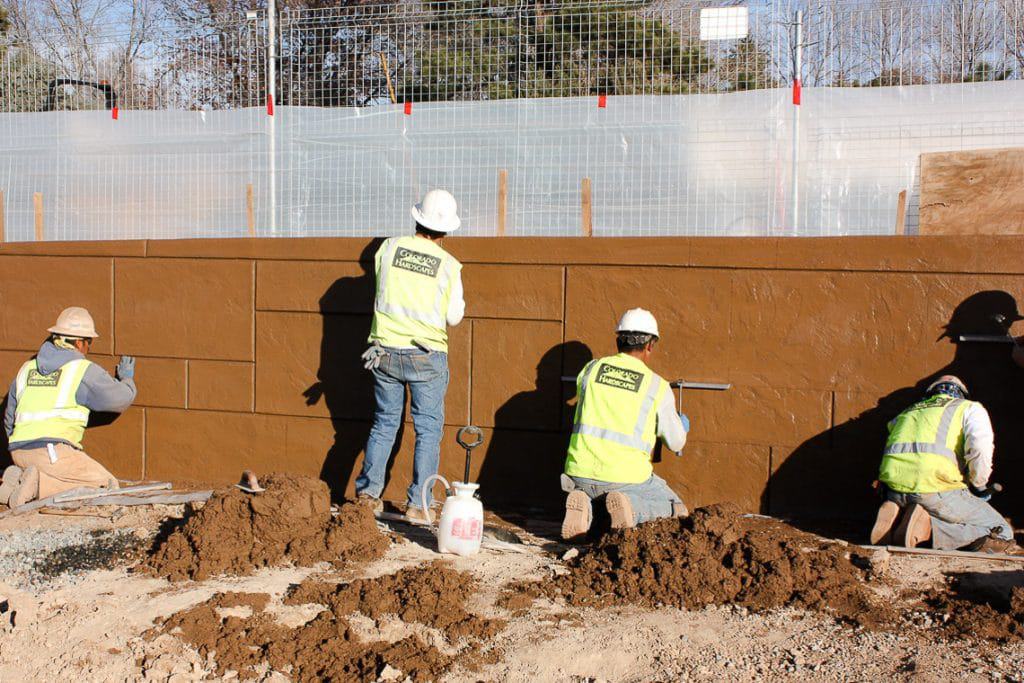Concrete is a material known for its strength and durability. However, everyone also knows that concrete cracks. In this blog post, we will explore the different causes of cracking in concrete and whether your contractor can do anything to prevent them.
Are there really different types of concrete cracks?
Yes! And identifying them can help you determine whether or not they are cause for concern. Many cracks are beyond the control of your contractor whereas others correspond with the quality of the concrete’s installation. Continue reading to learn how to diagnose the cracks in your project’s concrete.
Shrinkage Cracks

Shrinkage cracks are the most common type of crack that develops in concrete. In fact, all concrete has some shrinkage cracks, even down to the microscopic level. They occur when the concrete prematurely dries and loses moisture. With the quick loss of moisture, it shrinks and then fractures. Shrinkage cracks typically appear as thin lines, oftentimes resembling a spiderweb.
Continuing, shrinkage cracks can form on the surface, and/or deep into the slab. Deeper shrinkage cracks should be redirected through the implementation of control joints. Control joints are weak planes in the concrete that give an easy place for concrete to crack. This redirection keeps concrete looking purposeful and consistent.

At Colorado Hardscapes, when conditions are extra hot, dry, or windy, we use a few different methods to reduce shrinkage cracks. The first is to make sure the subgrade has appropriate moisture, the second is to add a curing membrane/liquid, and the third is to apply an evaporation retardant.
Re-entrant Corner Cracking


Re-entrant corners are angles in the concrete at 180 degrees or less. These angles create high-stress concentrations in concrete, almost always leading to material failure, aka, cracking. Why? Concrete is strong when under compression but weak in tension. These re-entrant corners are areas that are particularly vulnerable to this weakness.

The best solution for these types of cracks is isolation joints. By dividing the concrete into different shapes, the weak planes in the slab at re-entrant corners cease to exist. Isolation joints are necessary to keep the slab looking neat and uniform.
Heaving and Settlement concrete cracks

Heaving concrete cracks are caused by expansive soils that swell when they come in contact with moisture. This swelling of the soil often lifts and cracks concrete. Soils can lift concrete anywhere from 1” to 6”. Although soil may shrink back down, it will never return to its original elevation. So, what how do we deal with heaving?
The first step is to test for expansive soils with minerals that could swell, such as bentonite. If results come back having poor soil quality, earth workers are expected to replace or recondition the soil. From there, concrete contractors rely on the earth workers to have done an efficient job. Heaving cracks are some of the most troublesome since they happen from factors beyond the control of the contractor.

Settlement cracks are caused by the shifting of the soil beneath the concrete slab. Most often these cracks form under pressure from heavy loads that cannot be supported. Sometimes we see settlement cracks simply from poor soil compaction, but this is not as common. Settlement cracks can be prevented by placing thicker concrete in areas that will experience heavier traffic. For example, concrete used for streetscapes should be no less than 8” thick!
Freeze-Thaw Cracks
Freeze-thaw doesn’t necessarily make concrete crack, but it can certainly make them worse. This type of cracking happens when water penetrates the surface of the concrete, typically into an existing crack, and then freezes. The expansion from freezing temperatures can result in concrete fracturing and therefore larger cracks.
To prevent this, frequently remove snow during precipitation, caulk cracks, and most importantly, prevent as many cracks as you can beforehand. Innocent-looking cracks may or may not become monsters, so make sure you’re taking the proper precautions listed above.
If anything, know this…

If you take away anything from this, know that cracking in concrete is very natural, and in fact, to be expected. So, DON’T PANIC! A good contractor will know the proper precautions on the front end of the installation to reduce the number of cracks. Although nobody can guarantee zero cracks, we encourage our clients to ask contractors questions about their experience with avoiding concrete cracks to ensure a successful project.





